Nestled in the heart of Andalusia, Spain, lies a monumental structure that transcends the boundaries of time and culture – the Mosque-Cathedral of Córdoba, affectionately known as the Mezquita-Catedral. This architectural marvel stands as a living testament to the vibrant interplay of Islamic and Christian influences that have shaped the region's history for centuries. From its humble beginnings as a mosque to its transformation into a cathedral, the Mosque-Cathedral of Córdoba continues to captivate visitors with its awe-inspiring beauty and profound historical significance.
Historical Genesis: Tracing the Roots of Architectural Grandeur
The story of the Mosque-Cathedral of Córdoba begins in the 8th century, under the visionary leadership of Abd al-Rahman I, the Umayyad ruler of Al-Andalus. In 785, Abd al-Rahman I embarked on a monumental project to construct a mosque that would rival the splendour of Islamic landmarks in the Middle East. Built on the site of a former Visigothic church, potentially atop the remnants of a Roman temple, the Great Mosque of Córdoba emerged as a beacon of Islamic civilization in the Iberian Peninsula. With its intricate double-tiered arches and vast hypostyle hall adorned with hundreds of columns crafted from precious materials, the mosque stood as a testament to the architectural prowess of the era.

Christian Transformation: A Symbol of Religious Evolution
The course of history took a dramatic turn in 1236 with the Christian Reconquest led by King Ferdinand III of Castile. Following the capture of Córdoba, the mosque underwent a profound transformation, symbolizing the triumph of Christianity in the region. However, rather than demolishing the mosque, Ferdinand III chose to convert it into a cathedral, preserving its architectural legacy for future generations. The addition of a Renaissance cathedral nave in the 16th century introduced new elements to the structure, blending Christian artistry with the existing Islamic design and further enriching its cultural significance.
Read: A Beacon of Islamic Architecture and Spiritual Sanctuary
A Beacon of Architectural Splendor: Embracing Diversity in Design
The Mosque-Cathedral of Córdoba stands as a testament to the fusion of diverse architectural styles, reflecting the cultural exchanges that characterized Al-Andalus. Its distinctive horseshoe arches, intricate mosaics, and elaborately gilded mihrab showcase the exquisite craftsmanship of Islamic artistry. Meanwhile, the incorporation of Gothic, Renaissance, and Baroque elements, alongside Roman, Visigothic, and Byzantine influences, adds layers of complexity and beauty to the structure. From the mesmerizing chromatic interplay of its columns to the serene ambience of its central courtyard, every aspect of the mosque-cathedral invites visitors on a journey through history and culture.
.jpeg)
Cultural and Religious Significance: Bridging Divides Through Dialogue
Beyond its architectural splendour, the Mosque-Cathedral of Córdoba holds profound cultural and religious significance as a symbol of tolerance and coexistence. Throughout its storied history, the mosque has served as a central hub for the Muslim community, fostering unity through worship, education, and social gatherings. Following the Reconquista, its transformation into a cathedral symbolized the evolving religious landscape of Spain, sparking debates among scholars about its significance as a site of cultural contestation or harmony. Today, as a UNESCO World Heritage Site, the Mosque-Cathedral continues to inspire dialogue and reflection on the shared heritage of Muslim and Christian communities in Spain.
Read: A Testament to Ottoman Architectural Brilliance
Modern-Day Relevance: Inspiring Unity in a Diverse World
In the modern era, the Mosque-Cathedral of Córdoba remains a powerful symbol of cultural exchange and religious coexistence. As a major tourist attraction and a focal point for discussions on cultural identity and heritage, it serves as a bridge between past and present, inviting visitors to explore the complexities of Spain's history and heritage. Whether viewed as a symbol of religious tolerance or a site of cultural contestation, the Mosque-Cathedral stands as a timeless reminder of the potential for harmony amidst diversity and the transformative power of architectural expression to unite communities.
In summary, the Córdoba Mosque-Cathedral is a living example of the continuing legacy of architectural brilliance and cultural compatibility. The structure, which began as a modest mosque before being transformed into a cathedral, perfectly captures the diverse history and culture that characterize Andalusia, Spain. Visitors are taken back in time to a period of immense cultural flowering and spiritual enlightenment as they walk through its halls and courtyard. Upon contemplating the significance of the Mosque-Cathedral, may we be motivated to value and conserve our common history, cultivating a future of harmony, comprehension, and reverence for all cultures and faiths.



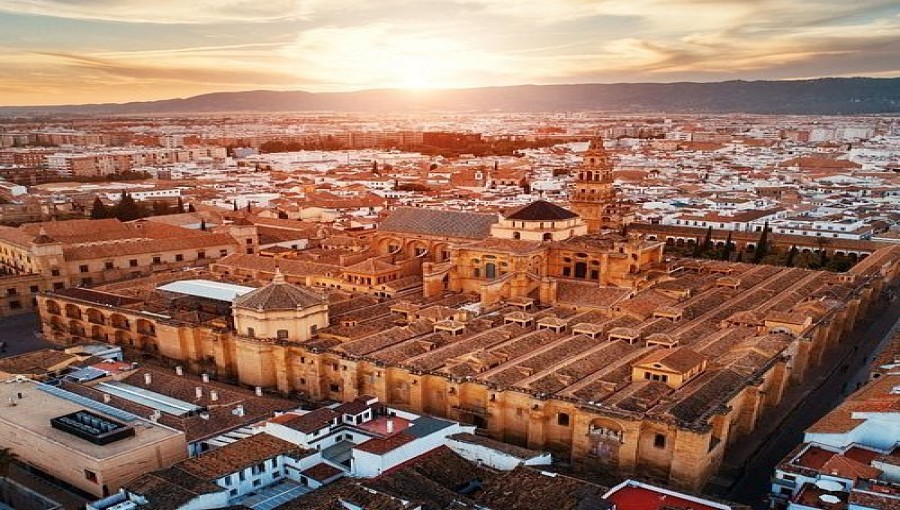







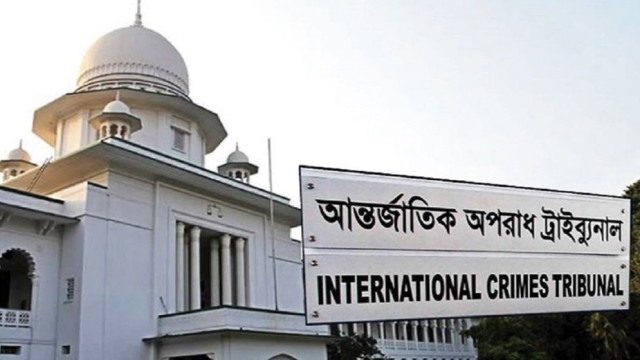

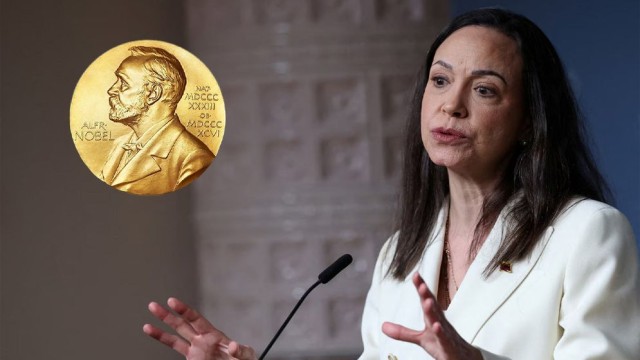


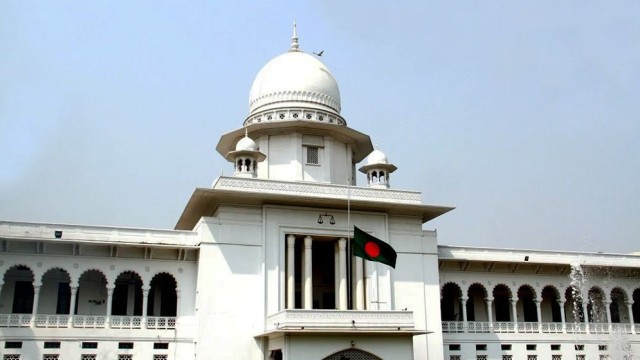





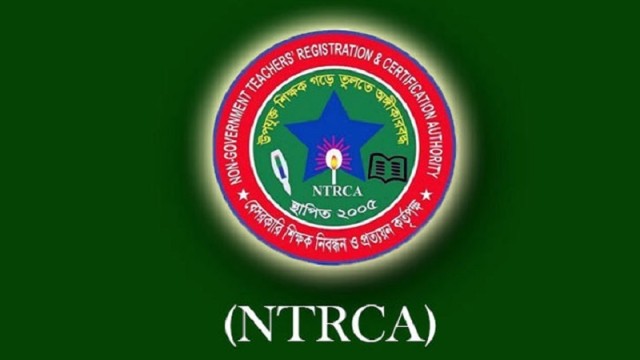








Comment: